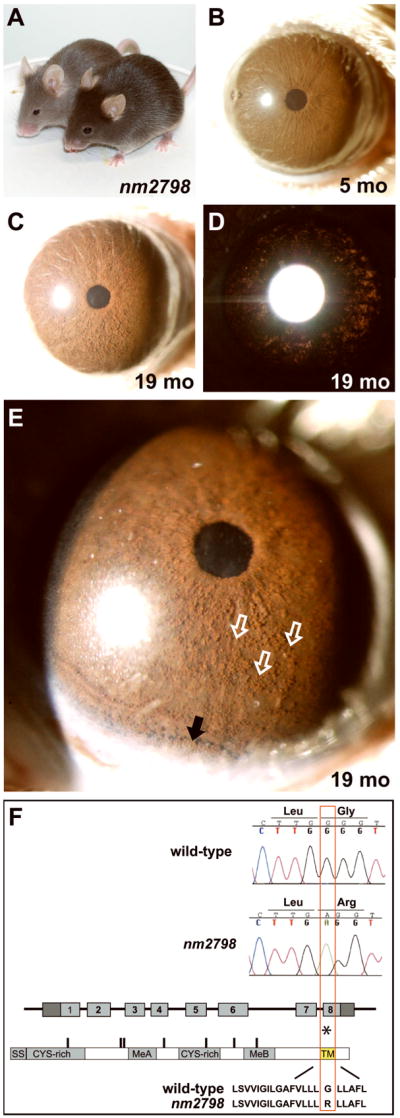Figure 6. Phenotypes and sequence analysis of the spontaneously occurring nm2798 mutation.

(A) The nm2798 mutation acts semi-dominantly to influence coat color, as shown here in a comparison of a heterozygote (front) and homozygote (back). (B) Healthy iris of a young nm2798 homozygote. (C) Aged nm2798 homozygote showing dispersed pigment across the surface of the iris and (D) mild transillumination defects spread across the iris. (E) Higher magnification view with a narrower slit of illumination showing the same iris as in panels C,D. The discretely rounded appearance of the dispersed pigment along the iris surface (three examples marked with open white arrows, several others in field unmarked) indicates that it is likely present within phagocytic clump cells. Pigment is also accumulating inferiorly (solid black arrow). (F) Sequence comparison of wild-type (B6) versus mutant (nm2798) alleles. A single base pair substitution within exon 8 of the Dct gene results in a mis-sense mutation changing a glycine to arginine (asterisk). The base pair and amino acid changes are both identical to previously described slaty light mutation. The change occurs within the predicted transmembrane spanning domain (TM). Other motifs of the DCT protein include a signal sequence (SS); cysteine rich domains (CYS-rich); and metal-binding motifs (MeA, MeB).
